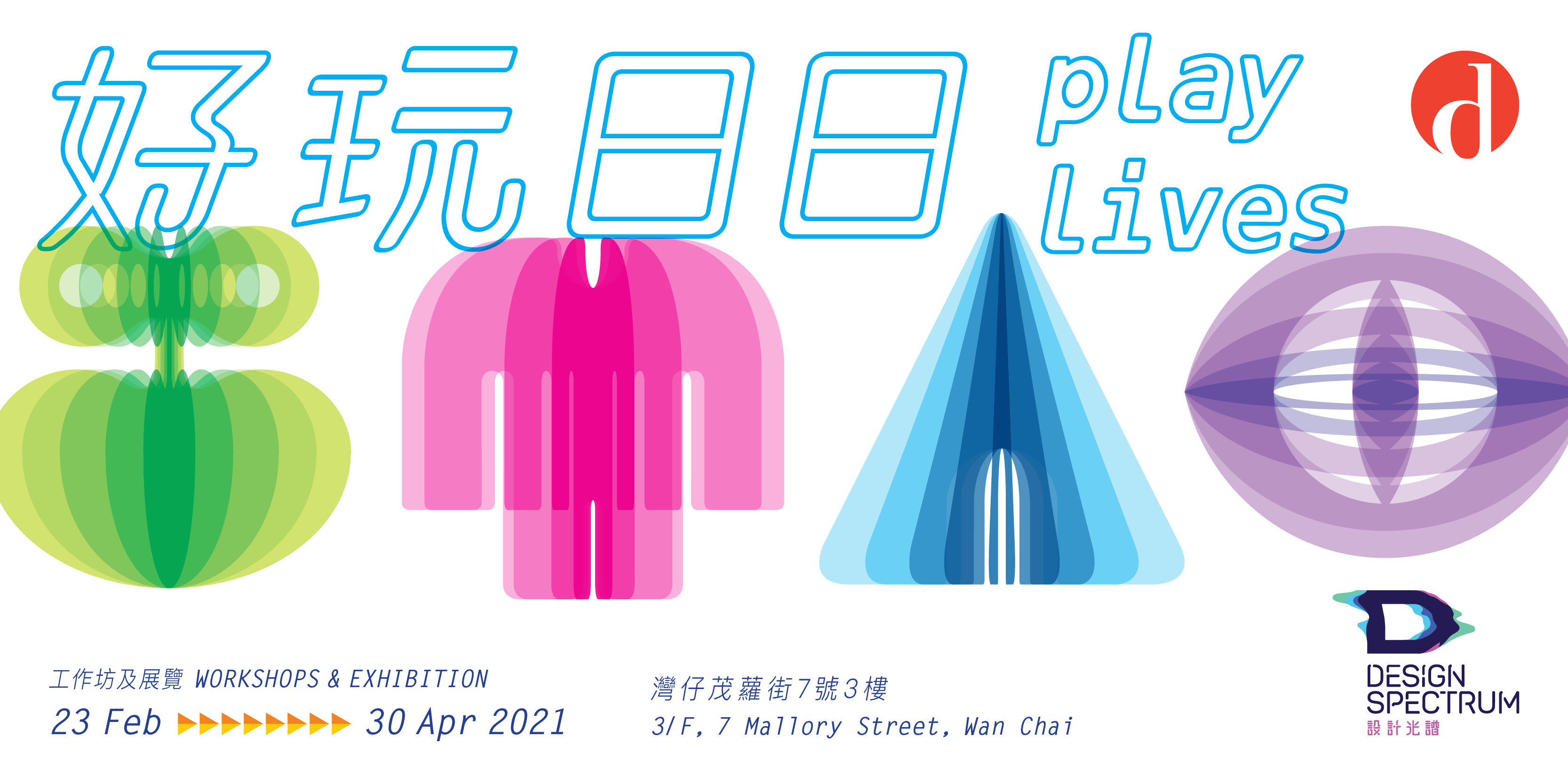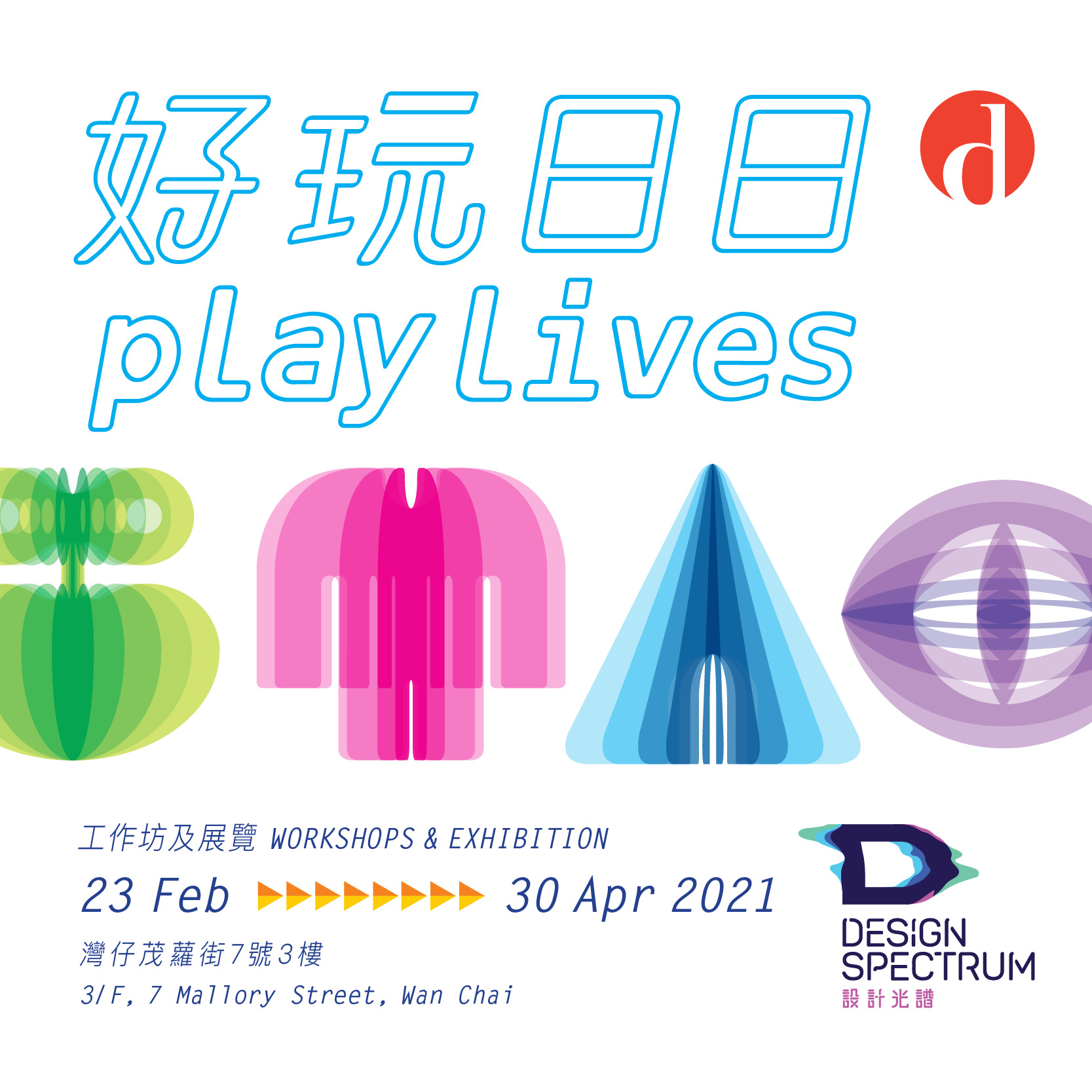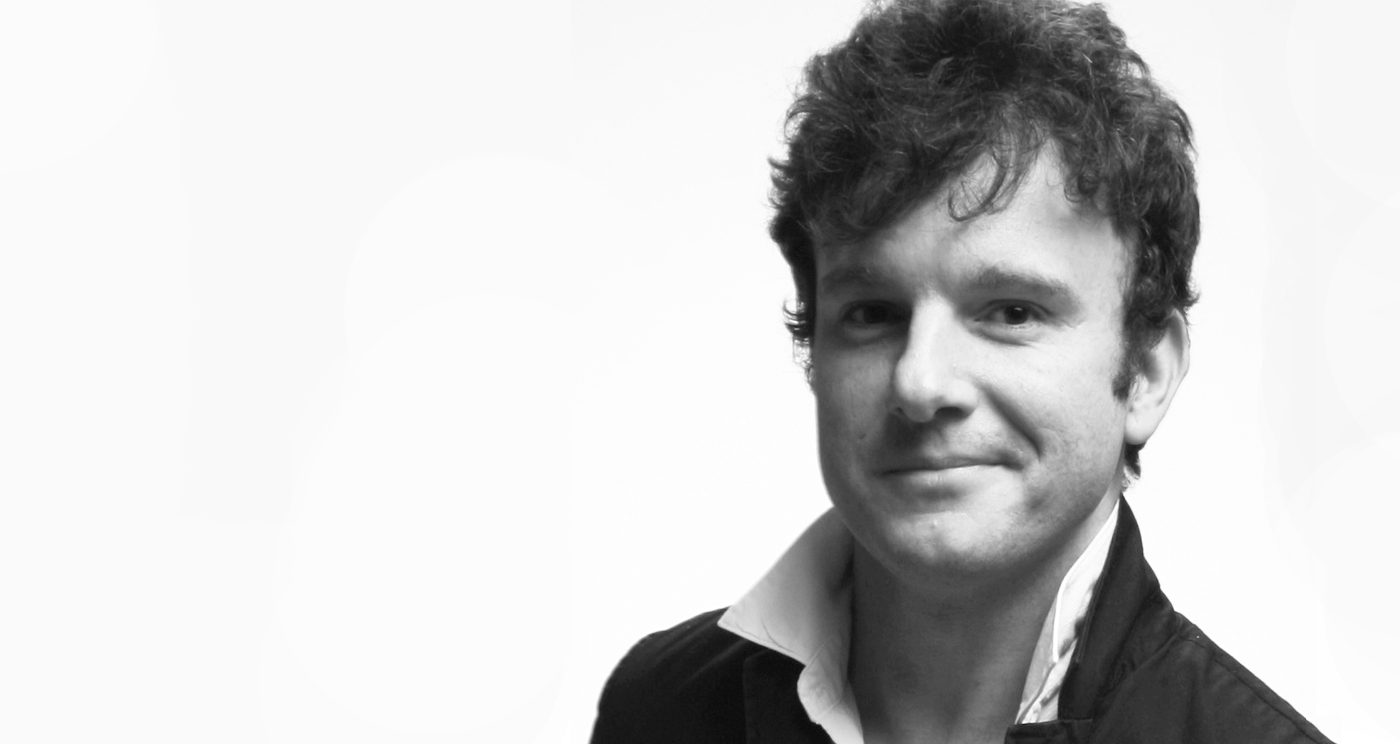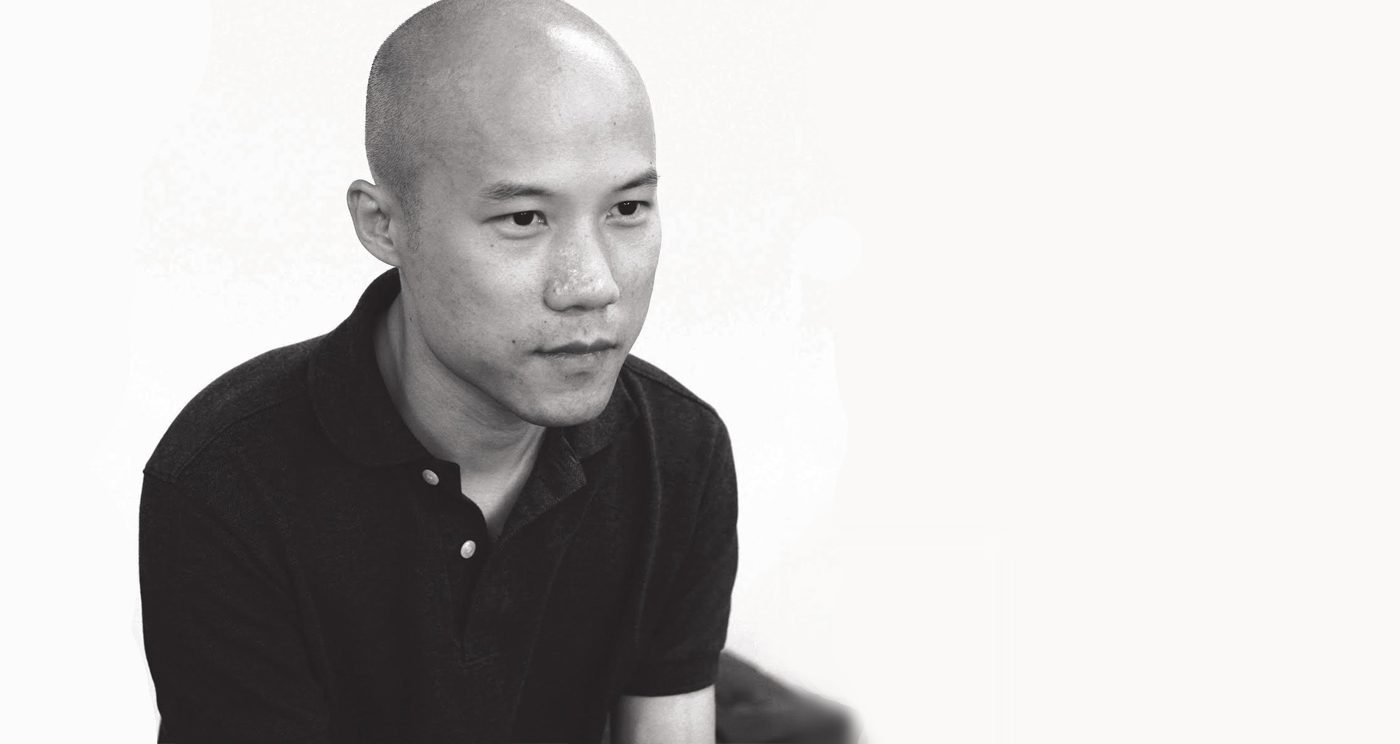

PLAY LIVES
23.2.2021 – 30.4.2021
3/F, 7 Mallory Street, Wan Chai
Opening Hours
Mon – Sun 10am – 7pm
Free Admission
Curatorial Statement
Play is useless. Play is good. Everybody plays. Not all the time. So what is play? How does it work? Why is it good? How do we design for play? So many questions – is there enough time? Enter the rabbit hole: toying with the concept of play as a positive agent in people’s lives, the PLAY LIVES exhibition takes visitors through design for play’s wonderland.
Many still harbour the preconception that play is a waste of time for adults – something we must give up… to grow up. Dismissal of play is a misperception of what it is and why it is good – maybe because of fear of letting go and losing control in a competitive society. New Zealand play theorist Brian Sutton-Smith once quipped “the opposite of play is not work. The opposite of play is depression”.
We are not all so lucky to equate our work with play. Life in HK is competitive. Often defined by what we do, the quantification of our existence can squeeze play out of our lives.
Contrary to belief, parents and teachers in the region increasingly see the need for children to engage in free play, realising that beyond its apparent frivolity, free play – letting go psychosocially through humour, nonsense, subversion; and physiologically through outdoor play, vertigo, perception disruption – is beneficial to the development of the child. The taste of freedom, through testing limits and taking risks, is valuable to children’s transformation into creative, self-adjusting individuals, conscious of their sociocultural agency, empowered to engage with society and contribute to the community.
While play may not always be fun (think competitions and puzzles), it calls on our faculties and absorbs us in an activity we voluntarily engage in. It is an expression of freedom, and for a moment, we transcend the limits of our existence, in the process feeling a little better. Play is good precisely because it seems useless. In a productivist society, play is a healthy recreative counterpoint. It is no surprise that a Romantic thinker like Friedrich Schiller asserted “Play is the best opportunity for humans to set free our double nature: sensation and thought”, promoting adaptability and variation. Simply put, play is healthy: through the joy and laughter generated as we play, our body releases endorphins, thus triggering physical well-being and boosting immunity. In challenging times, play helps counteract mental health issues, regenerates emotional literacy, and promotes resilience.
Schiller’s celebration of play resonates with design. While play generates culture, design shapes culture: just about everything around us is designed. As a friendly ‘Trojan hobby horse’, play makes design accessible. Referring to play’s attributes enhances designers’ practice because people are naturally apt at play: realizing design is like play makes it easier to understand design. Play’s non-threatening and socially engaging dynamics bring multiple stakeholders to the table in an inclusive way, motivating behaviour conducive to sharing ideas and ‘playbouring’ toward a common goal of discovery and creativity. Play makes design emotionally safe, as it accommodates ambiguity, experimentation, and mistakes. Play allows design to connect to life more naturally, igniting creativity, hence bettering design practice. Forms of play allow us to specify intent, affordances, interaction, and purpose in design. Such awareness facilitates designers’ apprehension of culture, to better shape it.
Both design and play are young disciplines. Over the past 200 years, the study of play has branched out into 2 strands, individual (biological, psychological) and group (sociocultural), focusing on its value as an agent of transformation, highlighting its relevance to evolutionary adaptability and variation. All humans play – across genders, ages, cultures, and play characterizes much of our lives. “We don’t stop playing because we grow old; we grow old because we stop playing”, playfully mused Irish author George Bernard Shaw. What’s the point in giving it up?
Have you lost your way to play? Look around – HK is at the confluence of several cultures. Imaginative and creative play promotes cultural transformation. Intergenerational play bridges traditional and progressive values, helping us adapt to a changing world, develop a sense of self and identity, and strengthen social bonds. HK’s diverse sociocultural fabric, changing urban landscape, and 40% landmass converted to country parks offers ample opportunity for play. Start there – the rest is up to you.
Play opens minds, design shapes futures: PLAY LIVES extols design’s value in shaping contemporary play. Showcasing play through design eyes, the exhibition will stage play’s value by design, while demonstrating play’s value to design, reminding us why there is no design for play without play for design.
Step out of time and space for an hour or more of your real lives, reconnect with play lives – a pressing need in these challenging times – and appreciate how play can be designed to better our lives.

Curator
Rémi Leclerc
Rémi Leclerc (MDes ENSCI, Paris) founder, PolyPlay Lab, investigates the mutually beneficial relationships between Design, Play, and Education. Having lived in Asia, Africa, America, and Europe, his exposure to and understanding of the representations of these diverse cultures invigorate his designs and nurture his research. His work is anchored in the exploration of play and conventions of interactivity to develop product service-systems for play and everyday. Rémi collaboratively explored the union of design with social accountability in projects with organisations in Hong Kong, Paris, Melbourne, Seoul, Shanghai, and New York. He has developed design education programmes at undergraduate, postgraduate, and professional level. Rémi and his students have received over 30 local and international awards and commendations, and his designs are part of the permanent collection of the Musée des Arts Décoratifs, Paris. He is a board member of the International Toy Research Association and is carrying out research with Université Paris 13 Paris-Sorbonne, ‘From Design for Play to Play for Design’.

Curator
Chi-wing Lee
Lee Chi-wing studied Industrial Design and graduated from the Polytechnic University of Hong Kong, then received his MA from the Ecole Nationale Supérieure de Création Industrielle in Paris.
Lee started off working for Habitat France and Raison Pure, and then joined Philips Design Hong Kong before setting up Milk Design in 1998. Time Out Magazine calls Milk Design one of the Top 25 HK designers, and Monocle Magazine describes Milk as simple yet experimental.
In 2007, Milk Design’s economy class tableware for Cathay Pacific Airway demonstrated a modern interpretation of Chinese culture and tradition, and won several prestigious Asian design awards. Their “New Bamboo Chair” is in the Hong Kong Heritage Museum collection. “Repair” furniture collection and “Cathay Pacific tableware” are collected by M+ museum.
Lee truly believes design originates in culture and tradition, and is a part of daily living.